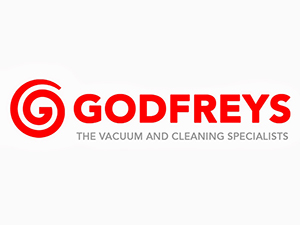
Working with a variety of cleaning companies operating in Australia and New Zealand gives us a lot of insight into the different approach each takes to financial control.
It’s not uncommon for a small company to make nearly as much or more profit as a competitor double its size.
It could be argued the main reason for this is that it is easier for small companies with fewer transactions to more closely monitor incoming costs and remember to invoice clients correctly.
As companies grow, the ability to monitor costs becomes more difficult if their systems aren’t suited to this purpose. This results in more effort for the same, or less, profit.
Site-based reporting
A critical element for every cleaning company is to control costs by site. It’s the central point of cost allocation and income collection.
Hence, the number one question we are asked by businesses we work with is always: “Can your system tell us profitability by site?”
However, reporting by site is just one level of insight, and it is important to think about the other business layers such as: state, area manager, region and contract.
A business typically reviews reports at these summary levels first before drilling down to individual sites to interrogate the finer detail.
Having the ability to report by site and all business layers is a key requirement for any cleaning company that wants to control profits.
Quick and cost-effective reports
When reports are difficult to generate and take a long time to produce, people simply stop asking for them.
Finance staff who must spend time in Excel to split costs out by site, simply do not perform an efficient reporting function.
What’s more, manual intervention means errors in most cases and information becomes unreliable.
A system that can deliver reporting quickly is a major advantage. It reduces administration wage costs and business owners can spend their time responding to problematic sites, rather than chasing accurate information.
What is your real profit?
It’s not too hard to attribute direct expenses such as consumable invoices to sites. However, it becomes much harder to allocate hidden accrued wage liabilities such as annual leave, superannuation, payroll tax and work cover.
These costs will vary each pay run, depending on the staff hours worked at each site. It may also vary by the category of staff working at the site.
For example, if contract staff cover for shifts on a site, their hours will not accrue annual leave or superannuation, unlike a full- or part-time employee.
Untangling the allocation of hours per fortnight is such a daunting task that most cleaning companies simply do not allocate these hidden costs to each site, and, as a result, do not see true profitability at a detailed level.
Other costs that are difficult to allocate include area manager wages. Overall, the sites may be making a profit, but when you contribute the manager wages to the portfolio, it may be running at a loss.
Each business needs a clear methodology of cost allocation, and an industry-specific system that supports it, without creating massive administration overhead.
Only then will each site’s real profit be visible.
To learn more improving the visibility of your site’s profits, visit teamsoftware.com/profitability.
Mark Fermor is director of operations, APAC at TEAM Software. He can be reached at mark.fermor@teamsoftware.com.
Comment below to have your say on this story.
If you have a news story or tip-off, get in touch at info@3.106.117.80.
Sign up to INCLEAN’s newsletter.



